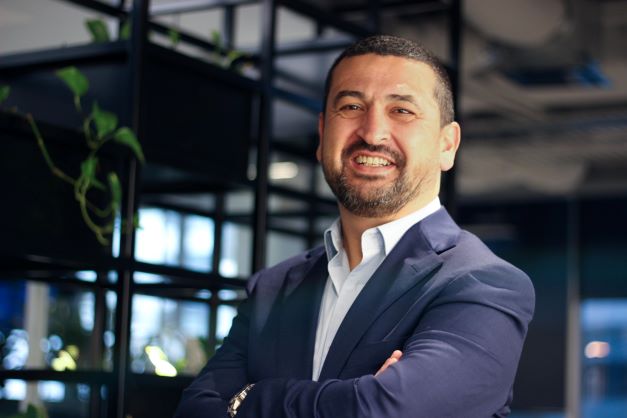
CIO50 Australia 2024: Sinan Erbay, RMIT University
Name: Sinan ErbayTitle: Chief Information Officer
Organisation: RMIT University
Commenced role: May 2021
Reporting line: Chief Operating Officer
Member of the executive team: Yes
Technology Function: 300 ITS staff, with 8 direct reports
At RMIT University, chief information officer Sinan Erbay and his team are leading a transformative journey focused on enhancing both user experience and operational efficiency.
“One standout innovation is our ‘Customer First’ initiative,” says Erbay. “This project has fundamentally reshaped how we engage with stakeholders, making our tech delivery more streamlined and user-centric.”
A key milestone in this transformation was the retirement of RMIT’s 25-year-old legacy Student Information System (SIS) and the implementation of a modern SIS across RMIT Vietnam. This overhaul has revolutionized campus operations, significantly enhancing the learning environment while streamlining administrative processes.
“This transformation supports our mission to deliver excellent education and improve institutional effectiveness,” explains Erbay.
The complexity of this SIS replacement required careful planning and seamless execution, involving the updating, modification, and integration of over 40 systems. This was critical to maintaining a complete lifecycle of student services, including admissions, registration, grading, financial aid, billing, and more.
“By transforming and simplifying the technology landscape, we’ve driven greater efficiencies,” Erbay notes. “Adopting globally consistent core technology platforms has reduced security risks, improved the user experience for staff, students, and stakeholders, and increased organizational efficiency and agility.”
This alignment ensures seamless digital experiences across all RMIT campuses—whether in Melbourne, Brunswick, Bundoora, Hanoi, or Ho Chi Minh City.
Enhancing stakeholder engagement
Equally transformative is the “Customer First” initiative, which was born from the desire to improve stakeholder engagement and streamline processes.
“We wanted to create a more effective and satisfying experience for our stakeholders,” Erbay says. “What sets this initiative apart is its holistic approach, integrating key features to enhance transparency and efficiency.”
This initiative simplified the product request process for the Learning and Teaching Experience (LTX), reducing processing time by 25 per cent. It also boosted direct stakeholder involvement, increasing satisfaction scores by 30 per cent, while real-time visibility into technology initiatives via centralized dashboards cut status inquiries by 40 per cent.
Collaboration across the university
As CIO, Erbay’s role extends beyond IT strategy. He actively drives strategic change and collaboration across the entire university.
“I’ve built strong relationships with fellow C-level executives and board members, aligning IT initiatives with our university’s strategic goals,” Erbay says. He engages with senior leadership to ensure IT is integrated into RMIT’s broader initiatives.
“My work isn’t just about new systems but about fostering a cultural shift toward a more agile, customer-centric approach,” he explains.
Erbay has also developed strategic partnerships with academic and administrative leaders to ensure IT projects support educational goals and operational needs. He regularly shares best practices at executive meetings and industry conferences, positioning RMIT as a leader in digital transformation.
Commitment to inclusivity
Inclusivity is a cornerstone of Erbay’s leadership philosophy at RMIT, where he has fostered a workplace culture that values every team member.
“My leadership approach is grounded in three core values: learning, connection, and embracing change,” he says. “I am committed to continuous learning and growth, and I encourage my team to stay curious and open to new ideas.”
This mindset not only keeps Erbay ahead of the latest trends, but it also inspires his team to seek knowledge and strive for constant improvement.
The Power of connection
Building strong relationships within the team and across the university is another key aspect of Erbay’s leadership.
“I make it a priority to communicate regularly with my team, understand their needs, and foster a collaborative environment,” he says. “These connections enable us to work effectively together.”
Embracing change and innovation is equally important to Erbay, who believes that adapting quickly and learning from failures drives continuous improvement.
“By embedding these values into our daily work, we’ve created a dynamic and inclusive culture that supports the growth and success of every team member,” he concludes.








